Cotai Stripping At The Vegas of The East
Wednesday, January 25, 2012
 Macau Peninsula, Macau, China
Macau Peninsula, Macau, China
Hey Hey and a Big G'Day toya,
The islands of Taipa and Coloane are Macau’s traditional countryside, where beaches, ancestral Chinese villages and forested hills with nature trails and picnic areas can be found. Once considered remote from the city, when they were accessible only by small ferries, the islands have developed as integrated suburbs since being linked to the mainland by three bridges along with frequent buses to Taipa and Coloane from Macau’s downtown and ferry terminal areas.
Taipa Island
In the 18th and early 19th centuries Taipa consisted of two hilly islands and a protected harbor which provided an anchorage for clipper ships and Indiamen engaged in trade with China. Smaller vessels would transship cargoes of muslin, manufactured goods and opium up the Pearl River to Canton and return with tea, silk and porcelain for export around the world.
Taipa Village
Chinese shop houses, Portuguese style offices, small temples and a former firecracker factory share the narrow streets and alleyways of this bustling and colourful village. Hanging flower baskets and old fashioned street lamps make it an appealing place to stroll, and the numerous restaurants along the Rua da Cunha (known as Food Street) are popular destinations for Portuguese, Macanese, Chinese, or Italian Cuisine.
Vibrant and still 'local’ Taipa Village is a study in the old brushing shoulders with the new as the enchanting village is honeycombed with twisting, narrow lanes and dotted with little houses painted in every Mediterranean hue.
The Taipa Houses Museum
The ‘Taipa Houses Museum’ was built in 1921, and was once residences for high superiors and wealthy Macanese families. In the 1980’s the Macau government purchased them and in the 1990’s they were fully remodeled and transformed into museums.
‘Macanese House’ is one of Macao’s typical houses in colonial style and shows a period of Portuguese splendor that was characterised by frequent affluence of the Portuguese, British, Mandarins and merchants in this tiny territory. The ‘House of Islands’ is an exhibition hall in the form of a single level detached house that through themed exhibitions with exhibits, photographs, videos, models and description reflecting the lifestyle, customs, traditions, culinary culture and religions of the Macanese, it provides a better understanding of the life of the ethnic groups residing along the esplanade.
Coloane Island
When Macau was the center of trade between China and the West, the island of Coloane, with its deserted coves, rugged cliffs, large sea caves, and densely forested hills, proved a convenient base for pirates who preyed on the rich cargoes. Today its sandy beaches, hiking trails, and other outdoor attractions make it a pleasurable retreat.
Coloane Village
The heart of Coloane Village is the central square where several restaurants and the popular Lord Stow’s Bakery can be found. The village itself stretches north to the junk-building yards and the old ferry pier, and south along the waterfront promenade to the Tam Kung Temple, dedicated to the Taoist god of Seafarers. Halfway along the waterfront is the Chapel of St Francis Xavier and its picturesque Portuguese style square, with busy cafes under shelter of the arcades.
The Museum of Taipa & Coloane History
With its twentieth century architectural style, this Neo-Classical building echoes the classical architectures of Rome, complete with pediment. Local people once called the building ‘Yamen’. The upper floor formerly accommodated the offices of top officials, meeting rooms and conference rooms.
After the Sun Sets, It’s Time to Hit the Vegas of the East!
After both seeing and tasting colonial Macau, it’s time to get a feel for modern Macau, and nothing says Macau these days more than Casinos. The city is experiencing an unprecedented boom in both casinos and tourists and has already overtaken Las Vegas in gambling revenue. Macau has long been a gambling resort, but it is only now discovering how to act like one. Before the boom years, grim faced mainlanders would smoke and spit at slot machines and gaming tables in tiny casinos and no one ever seemed to be having fun.
Where was the glamour?
Things started to change when casino mogul Stanley Ho’s monopoly ended in 2002 and Las Vegas operators set up shop in competition. With a billion odd frustrated gamblers on the door stop, it was jackpot time for every operator and the results have been astounding. The gargantuan Venetian, a direct copy of its Vegas cousin, complete with canals and gondolas, is just one example of Macau’s high rolling, high kicking future, with many more lavish developments to follow.
The Casino that started the boom is the Sands, although it's been eclipsed by bigger and brasher casinos, such as the City of Dreams and The Venetian (the biggest casino in the world), the Sands is the casino that originally brought Las Vegas glamour to the gritty Macau gambling scene. Even if you don’t want to take a punt on Lady Luck, the Sands is still worth taking a stroll around. With live bands, free drinks and a unique atmosphere, Macau’s new casinos will all follow the Sands model.
Macau’s total number of hotel rooms is forecast to grow from about twelve thousand in 2006 to more than fifty thousand in ten years time, with them will come huge entertainment venues designed to attract the world’s biggest music acts, along with the world’s biggest spenders!
The Cotai Strip
The Cotai Strip is Asia’s answer to Las Vegas.
Located on a strip of reclaimed land that connects Macau’s islands of Taipa and Coloane, the Cotai Strip is fast becoming Asia’s leading tourism destination. Inspired by the glitz and excitement of the Las Vegas Strip in Nevada, American developers are spicing up this gambling hotspot with luxury hotels, Las Vegas-style casinos, world-class entertainment and brand-name and designer shopping.
The main developer of the Cotai Strip, Las Vegas Sands, is planning seven resort hotels and casinos for the area, including the US two and a half billion Venetian Macao Resort Hotel, which opened in August, 2007. When complete, the Las Vegas Sands’ development will boast more than twenty thousand hotel rooms, more than three million square feet of retail space, anchored by the Grand Canal Shoppes at The Venetian Macao shopping centre and more than two and a half million square feet of meeting and convention facilities.
Six Las Vegas-style showrooms and a large arena for sports and entertainment events are also in the works for the Cotai Strip Macau.
Beyond the fifteen billion Las Vegas Sands development plan, other foreign and local investors are jumping on the opportunity to become part of ‘Asia’s Las Vegas.’ With an estimated thirty American-style casino resorts and more than thirty thousand hotel rooms and vacation suites, most say the Cotai Strip will easily actually outshine the original Las Vegas Strip in money, visitors and lights!
The Venetian
This ersatz Doge’s Palace is the first of several massive recent constructions that will form the Vegas Strip-style Cotai Strip. It’s a vast hotel, conference, gambling and shopping city within a city, recreating many Venetian icons, right down to the canals complete with singing gondoliers. The Venetian Macao-Resort-Hotel plays a crucial role in making Macao one of Asia's most exciting entertainment destinations and preeminent convention and exhibition venues.
And it is large enough to hold over NINETY Boeing 747 jumbo jets!
The Venetian Macao is home to the world’s biggest casino with six hundred thousand square feet of gambling space and well over one thousand one hundred tables along with seven thousand slot machines. More than three hundred and fifty stores can be found at the ‘Grand Canal Shoppes’ which is an unmatched premium retail experience set in elegant streetscapes reminiscent of Venice. Those ready to eat can choose from over thirty world-class restaurants, with award winning chefs from every major culinary tradition creating dishes with flair and imagination
The City of Dreams/Crown Casino
The City of Dreams Macau is a one of a new breed of mega, casino resorts in the city and with its round the clock entertainment, high end hotels and gourmet restaurants it aims to be a destination for tourists looking to relax as well as gamblers. If you’re looking for a Vegas style resort in Macau, the City of Dreams Macau is a little more stylish than the faux cobblestones and gondoliers of the Sands across the road. In addition to unrivalled dining and accommodation options, forty two thousand square feet of gaming floor also means there is more than enough action to keep you and your wallet happy.
It’s fair to say that the battle for Macau’s best casino currently boils down to The Venetian Macau V’s City of Dreams Macau.
Stuck in a sparing contest across the Cotai Strip, the Venetian is the world’s biggest casino and pretty much a carbon copy of its sister Venetian in Vegas. Its gondolas, canals and maze of shops delivered Macau’s first true Las Vegas style resort casino, moving away from the backrooms and black suits that once dominated the Macau casino scene. The City of Dreams Macau aims to be smarter, younger and hipper.
If Ocean’s 14 was set in Macau, this is where you’d find George Clooney sipping cocktails.
Beers N Noodles toya…..shane
PS: once again Lisa Jane & I must thank CristinaW and Kungfu Ken for putting aside their personal and family agendas which of course includes the Chinese New Year to take the time to show us ‘their Macau’….totally awesome!
___________________________________________________________
The soundtrack to this entry was by Janes Addiction
The album was ‘Nothings Shocking’
____________________________________________________________
Other Entries

 Macau Peninsula, Macau, China
Macau Peninsula, Macau, China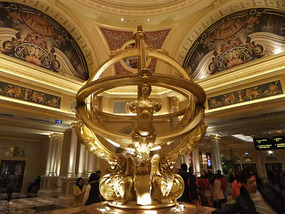
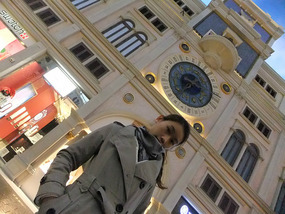
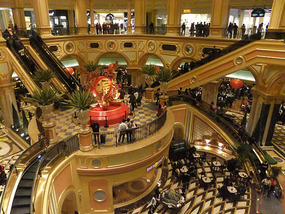
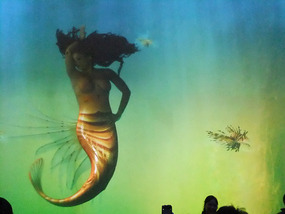
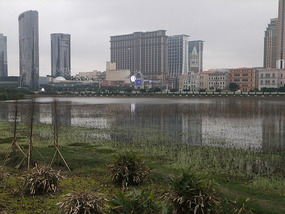
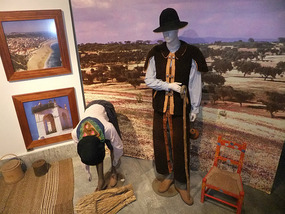
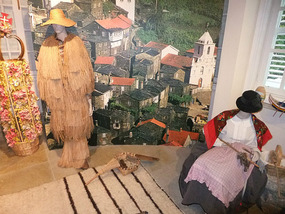
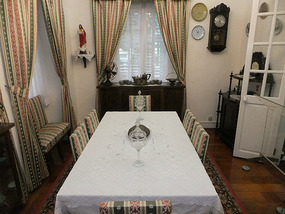
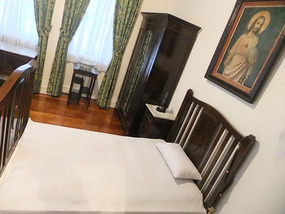
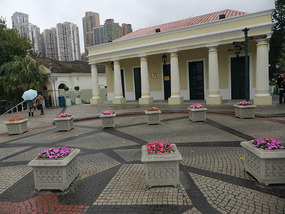
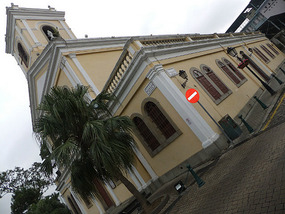
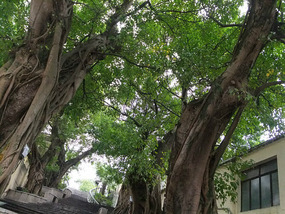
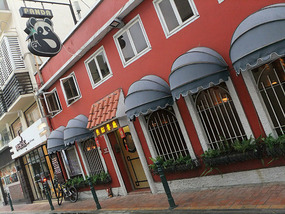
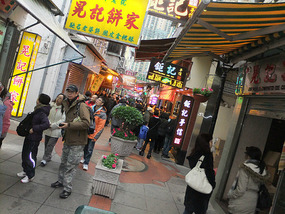
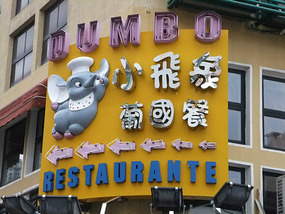
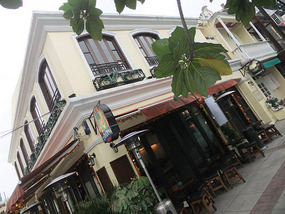
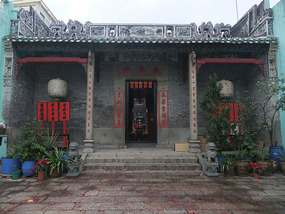

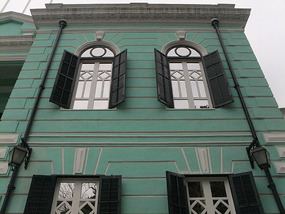
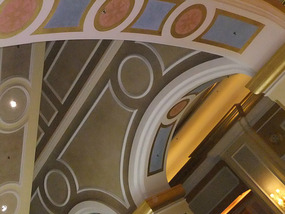
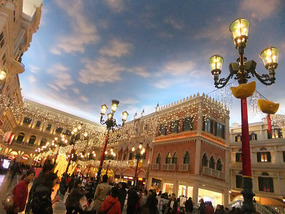
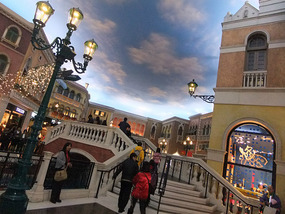
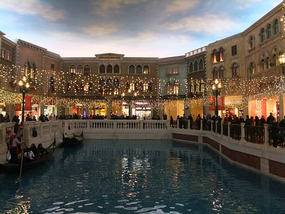
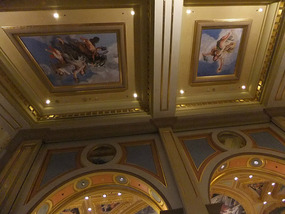
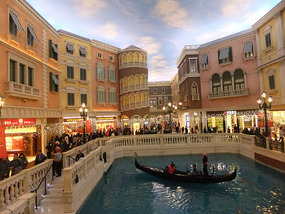
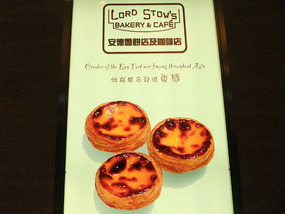
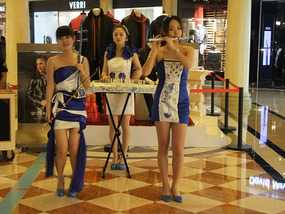
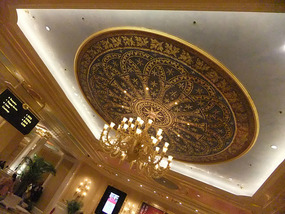
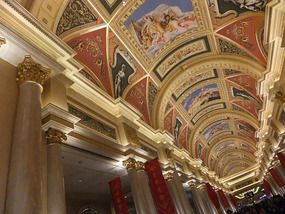
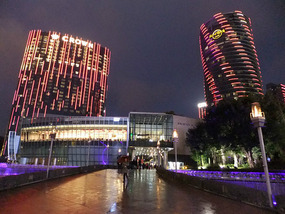
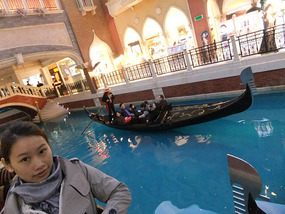
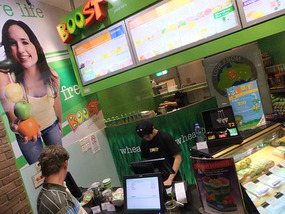
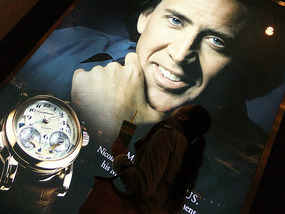
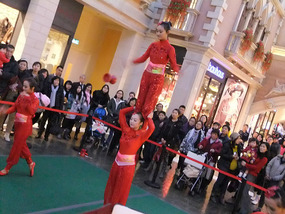
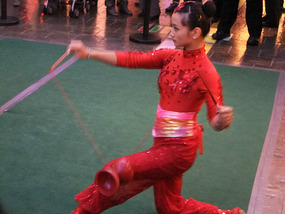
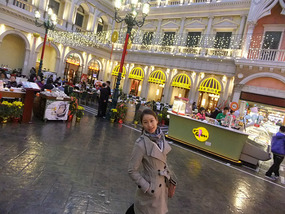
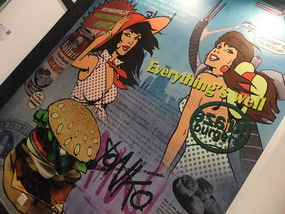
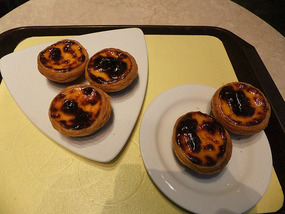

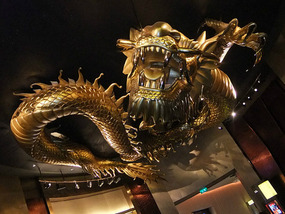
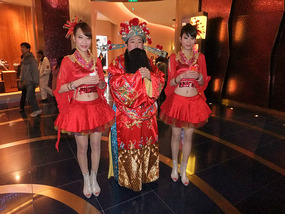
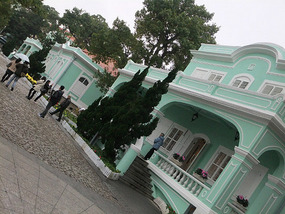
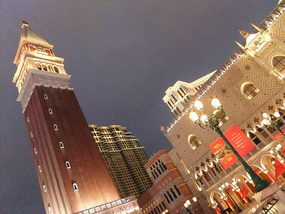
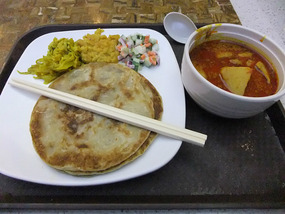
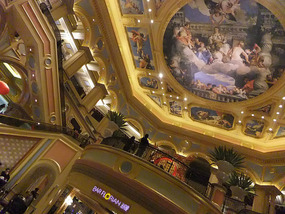
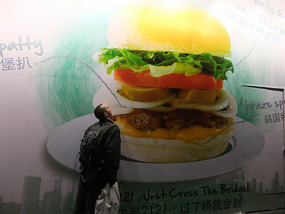
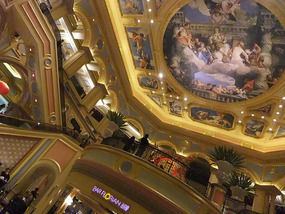
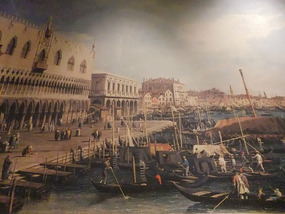
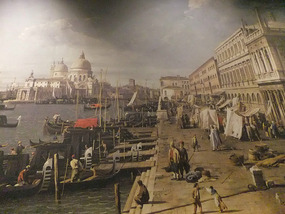
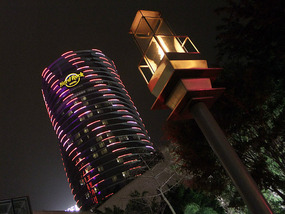
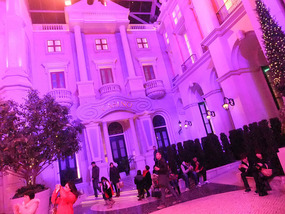
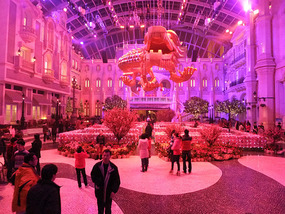
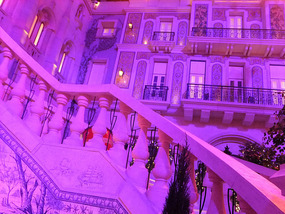
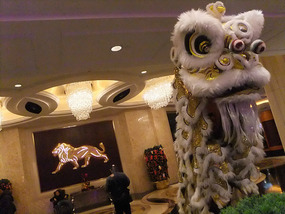
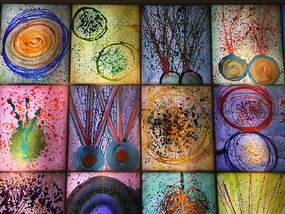
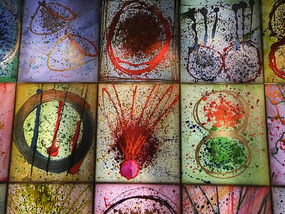
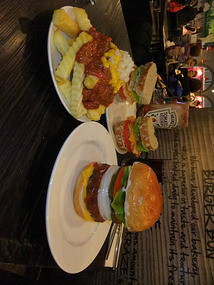
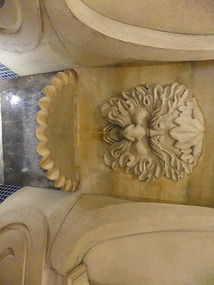
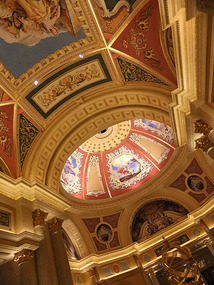

2025-05-22